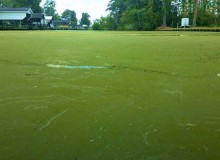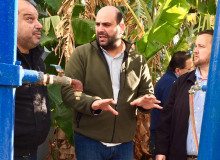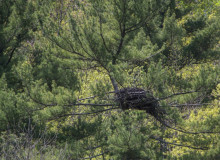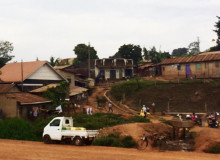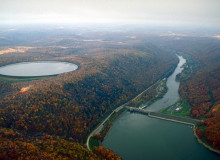Clean Water
Eckerd College
Each year, professor Elizabeth Forys leads a group of Eckerd College students in a research project about the ospreys that nest on campus and in the area. This research helps us understand the health of the rest of the ecosystem.
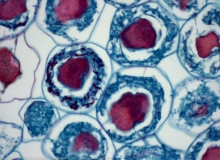
Arbuscular mycorrhizal fungi live in symbiosis with plant roots and are able to store up to 70 percent of organic carbon from leaf litter. (Mark Perkins/Flickr)
George Washington University
In many cases microbes are already helping the planet in underrated ways. Technological developments and advanced genetic engineering make microbiological innovation a major player in climate change mitigation.
Northwestern University
The clean-up of toxic waste from a Superfund site in a village in Central Illinois has been virtually stagnant for almost 20 years. Read about the dynamics between the community and government in the clean-up process.
Northwestern University
A new study led by a Tufts University professor predicts that the U.S. Northeast and Southeast will be most affected by the overgrowth of harmful algal blooms.
Arizona State University
An ASU initiative is identifying communities that host large refugee populations and developing ways to make sure they have enough water capacity to assist with their swelling populations.
Digital Media Producer, Planet Forward
It takes a lot more than just sunshine, seeds and soil to produce the food we eat. It also takes a lot of water, and some foods are more water intensive than others.
SUNY College of Environmental Science and Forestry
There’s something about bald eagles. Yes, they are our national bird and their symbology pervades our culture in many ways and places. But there’s something more to them.
The George Washington University
Through my Intro to Video Production class in the School of Media and Public Affairs at the George Washington University, I was able to film a public service announcement about water pollution in the Potomac River.
Colorado State University
A card system in which areas devoid of proper access to clean water are given a second chance and local people are provided more than just a job; there is a way to change the lives of children and families in poverty.
State University of New York College of Environmental Science and Forestry
This article presents the issue of high blood lead levels within an impoverished community and offers an innovative solution for cleaning the water.

.jpg%3Fitok=UxVZ9rqN)
